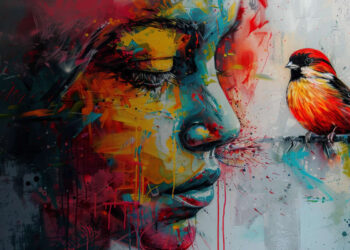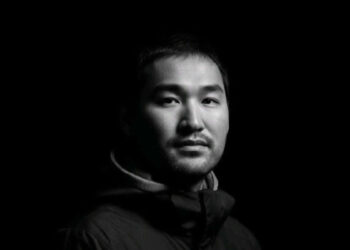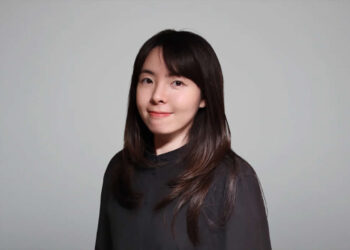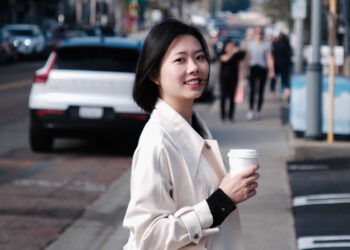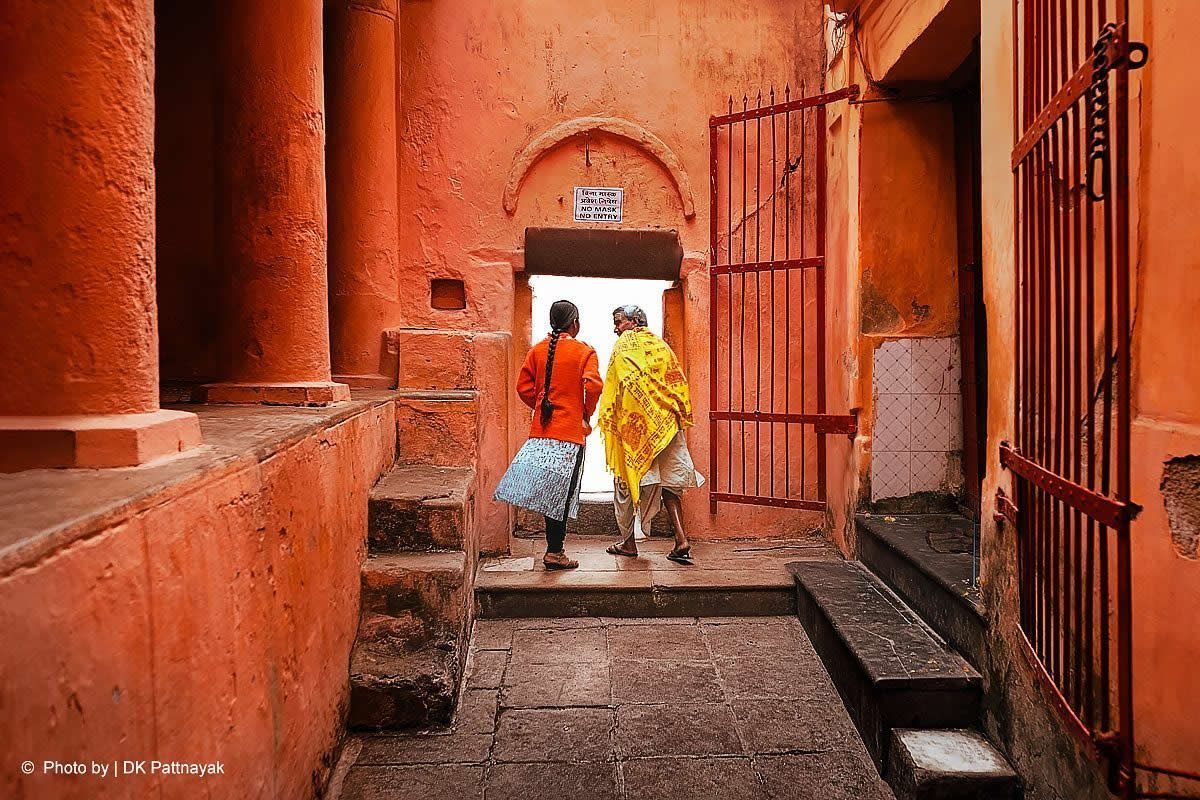Written by Mira Jensen
From 27 to 29 June 2025, the Sasse Museum of Art presented “Thresholds of Becoming,” a brief yet immersive duo exhibition that invited viewers into a liminal space shaped by heritage, memory, and the evolving languages of technology. Founded in 2015 as the Inland Empire Museum of Art, the nonprofit Sasse Museum has become a regional nexus for cross-disciplinary exhibitions that merge emerging media with fine art. Curated by museum founder Gene Sasse—a photographer and arts advocate with more than thirty years of exhibition leadership—the show brought together two artists whose practices, though distinct, moved in parallel: Liying Peng and Xianghan Wang.
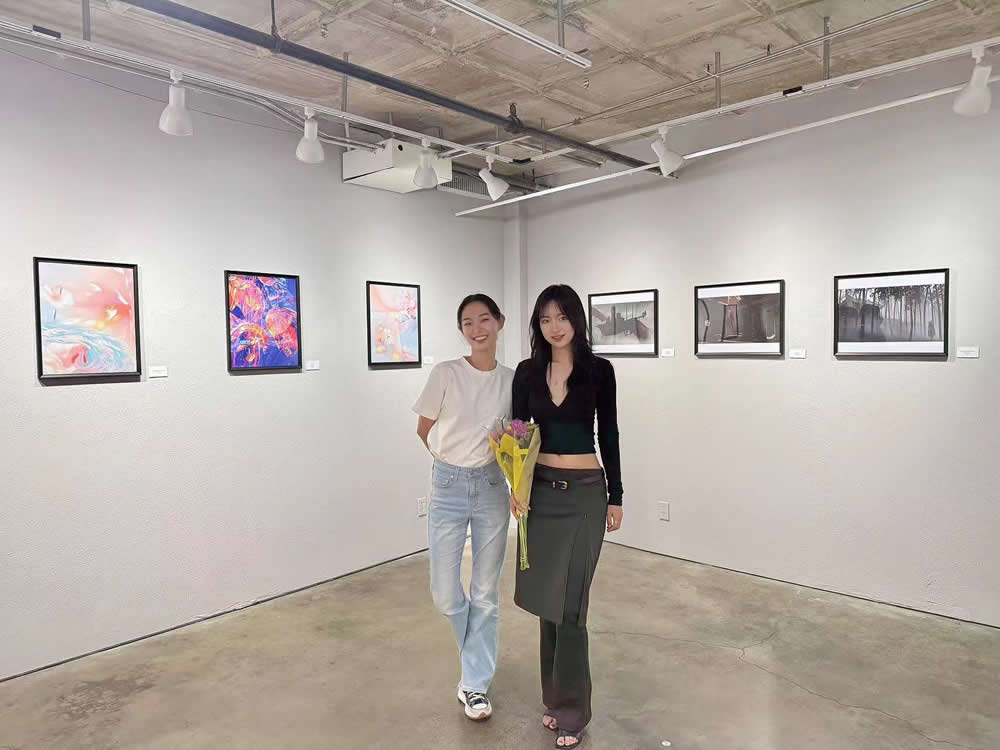
The exhibition space was minimal and atmospheric, allowing the works to stand on their own. The walls were lined with quietly powerful visual compositions. Together, they formed a rhythm that felt contemplative and suspended, inviting viewers to slow down, observe closely, and sit with ambiguity. There was no push toward clarity, no insistence on resolution. Instead, the show offered a landscape of gestures—fragmented, layered, symbolic—that pointed toward identity in flux.
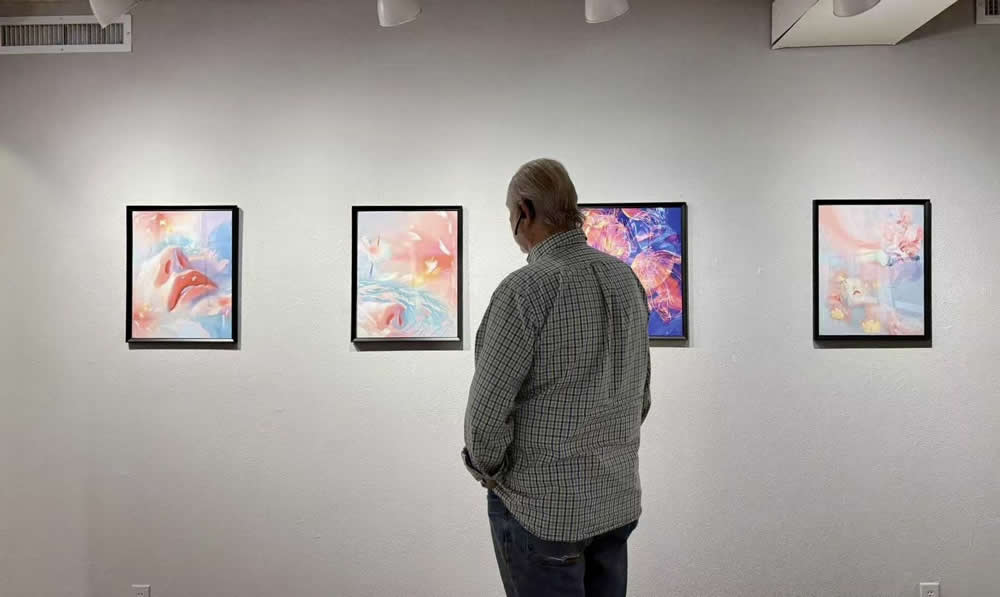
Liying Peng’s contributions carried a refined tension between emotional intimacy and systemic structure. A UX, visual designer, and artist, Peng’s award-winning body of work bridges commercial innovation and cultural storytelling. Her practice spans user experience design, product design, and conceptual visual composition. Having exhibited in over 20 international exhibitions and received more than a dozen prestigious awards, including the Red Dot Award, iF Design Award, and A’ Design Award. Her work is widely recognized for its ability to translate design thinking into emotionally resonant, cross-cultural narratives. In Thresholds of Becoming, Peng’s pieces hovered between personal recollection and digital abstraction, tracing how memory flickers through language, glitch, and half-formed silhouettes.
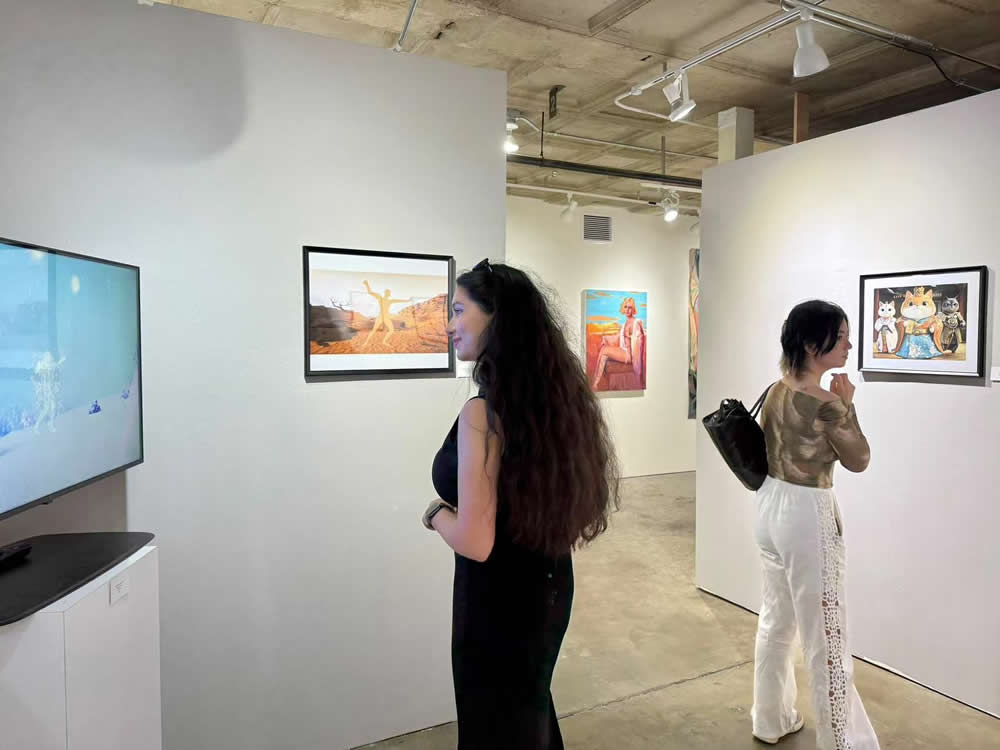
In contrast, Xianghan Wang’s work flowed like water—fluid, elemental, and emotionally expansive. A motion and XR designer currently based in Los Angeles, Wang draws from Eastern philosophy and immersive spatial storytelling to create evocative, meditative experiences. Her installations did not explain; they breathed. Across subtle animations and spatial projections, Wang shaped a language of movement and transformation: wind patterns, dissolving symbols, shifting light. Her works recalled ritual—not to reenact it, but to trace its resonance. They offered viewers a space to feel rather than define, to drift rather than anchor.
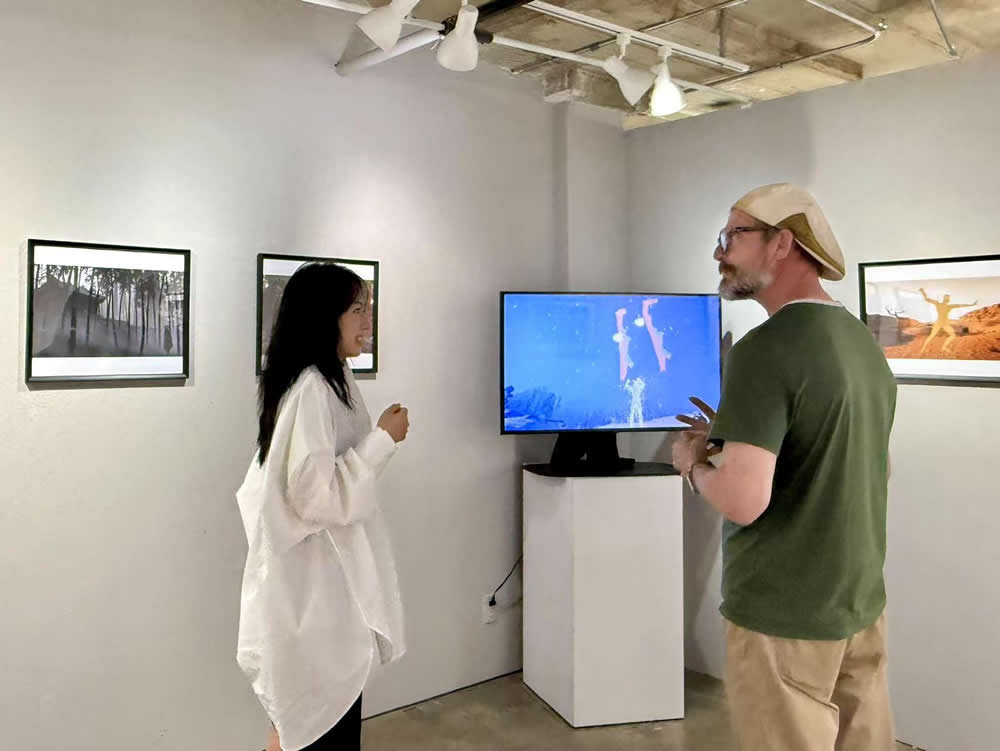
If Peng’s works mapped memory as data, Wang’s invoked memory as presence. Together, the artists created a shared liminal field—a place not of resolution, but of transition. The exhibition’s title, Thresholds of Becoming, suggested neither an end nor a beginning, but a crossing. And in that crossing, identity revealed itself not as static, but as something always in motion—shaped by language, culture, and machine.
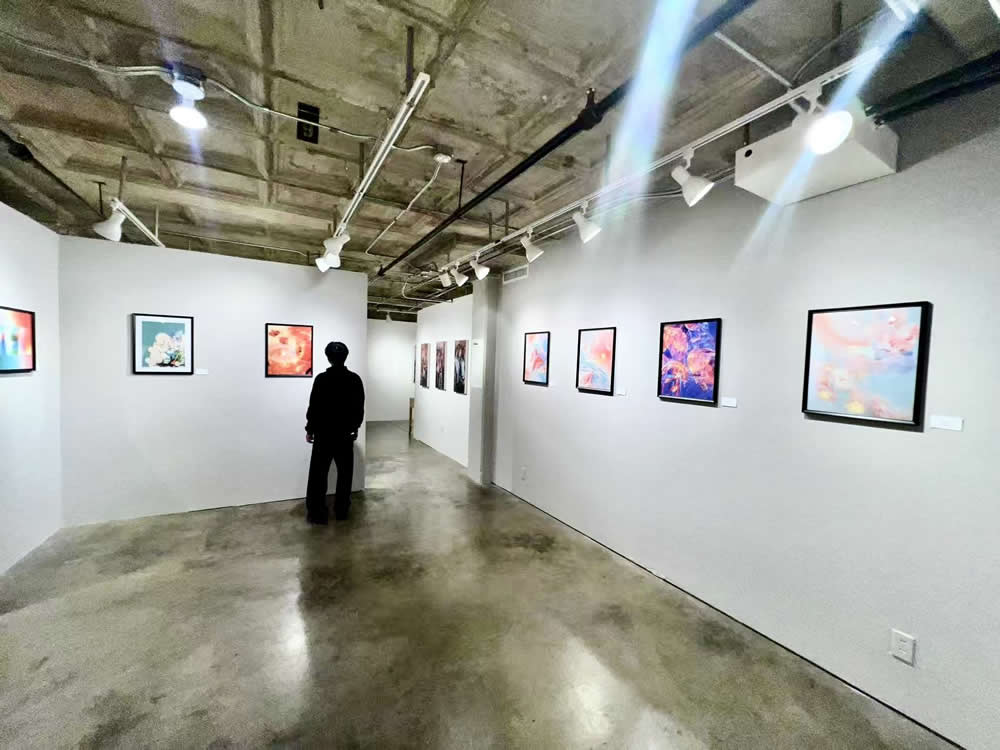
The exhibition attracted a wide range of visitors, including artists, technologists, and art enthusiasts. Conversations often touched on themes of cultural memory, identity, and the role of technology in shaping personal narratives. Rather than offering declarative statements, the show posed quiet but persistent questions—what becomes of cultural memory as it moves across time, systems, and code? Peng and Wang did not offer a single answer. Instead, their works stood side by side, each contributing to a shared conversation about transformation, displacement, and renewal.
As Thresholds of Becoming came to a close, what lingered was not a single image, but a mood: that of standing in between. The show did not mark a destination—it offered a pause, a moment to observe what identity becomes when shaped by both heritage and machine.

